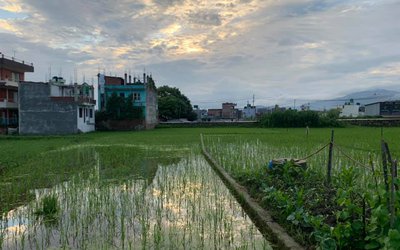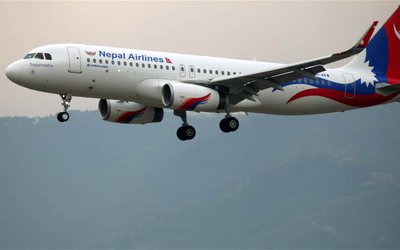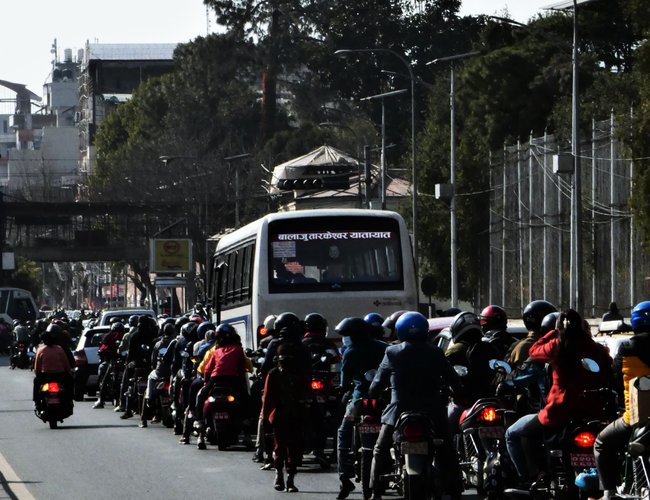
Kathmandu being one of the most polluted city in the world is not breaking news. However, this scripted line does not relate accordingly to the multiple issues that the Nepalese city and its inhabitants face. The visible tip of the iceberg is probably the number of garbage littering the streets, and the constant cloud of pollution topping the city.
The air pollution in Kathmandu is not only an ecological disaster but it hides several other facts. Indeed, when there is smoke, there’s not always fire. Sometimes, there’s just Kathmandu traffic and a (un)healthy dose of fuel. The number of cars and motorbikes in the city increases every year, creating more traffic and traffic jams, releasing even more gases into the atmosphere. Since April 2020, Nepal has been importing a new, purer fuel but the fact is that vehicles are too old to use it in their intended way, and new vehicles (adapted to this fuel) are much more expansive and thus unattainable to most Nepalese.
Moreover, Kathmandu would benefit from a policy to improve common transportation as a way to reduce the number of individual cars circulating. Creating easier ways to walk or ride (on bikes) around the city would not go amiss as it would enable people to use fewer motorized vehicles as well. In 2014, Kathmandu Metropolitan City was already writing, in their reports: “The streets are now largely occupied by motor vehicles, which has not only made the city less walkable but also contribute to traffic congestion, air pollution, noise pollution, road accidents etc. making the city more unsafe and less livable.” This description is not far from the actual situation.
The increase of heat level due to greenhouse gases from vehicles has an influence that goes beyond Kathmandu city. Indeed, the higher temperatures melt the ice in the mountains of the North of Nepal, resulting in more risks of devastating floods (destruction of cultures, houses, danger for human lives). Such floods are natural in Nepal, especially in the Terai region during monsoon but climate change accelerates them, making them more dangerous and more frequent than natural. Another phenomenon coming into play is deforestation due to the development of agriculture (forests are being cut down to create more fields) and the rise of the number of incineration (using forest wood). The wildfires witnessed in Nepal frequently (between November 2020 to March 2021, around 2700 fires) also damage forest coverage and the protection against floods it offers. Plus, the lack of forest, and the lack of clean green spaces in Kathmandu city, prevent the natural purification of the air by the trees absorbing CO2.
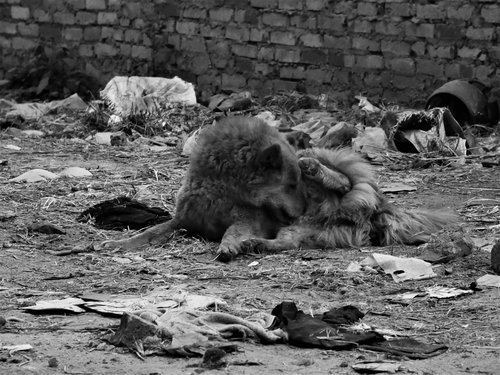
Finally, there are a number of other factors, often overlooked, that contribute to the pollution: the infested river that brings illness in the atmosphere, the open-air fires that burn plastic garbage, releasing a significant amount of gases, the textile industry exploiting non-renewable resources and importing at great length, the uneducated tourist damaging trek path with its rubbish or mass tourism in general threatening, for example, the hitis (water fountains) of Kathmandu valley (according to the World Monument Watch latest report from March 2022).
But the most substantial consequences of climate change always fall on marginalized communities and poorer countries. The IPCC (Intergovernmental Panel on Climate Change) released its latest report (2nd volume) on February 27th, 2022, and the number is not promising. According to them, 3.3 to 3.6 billion people are living in situations that are “highly vulnerable to climate change”. Which means that those people are more susceptible to suffering from diseases, malnutrition, natural (human-propelled) disasters and have less opportunity and means to protect themselves against it. Climate change is mostly brought on by developed countries but it impacts the poorer ones and especially minorities living there.
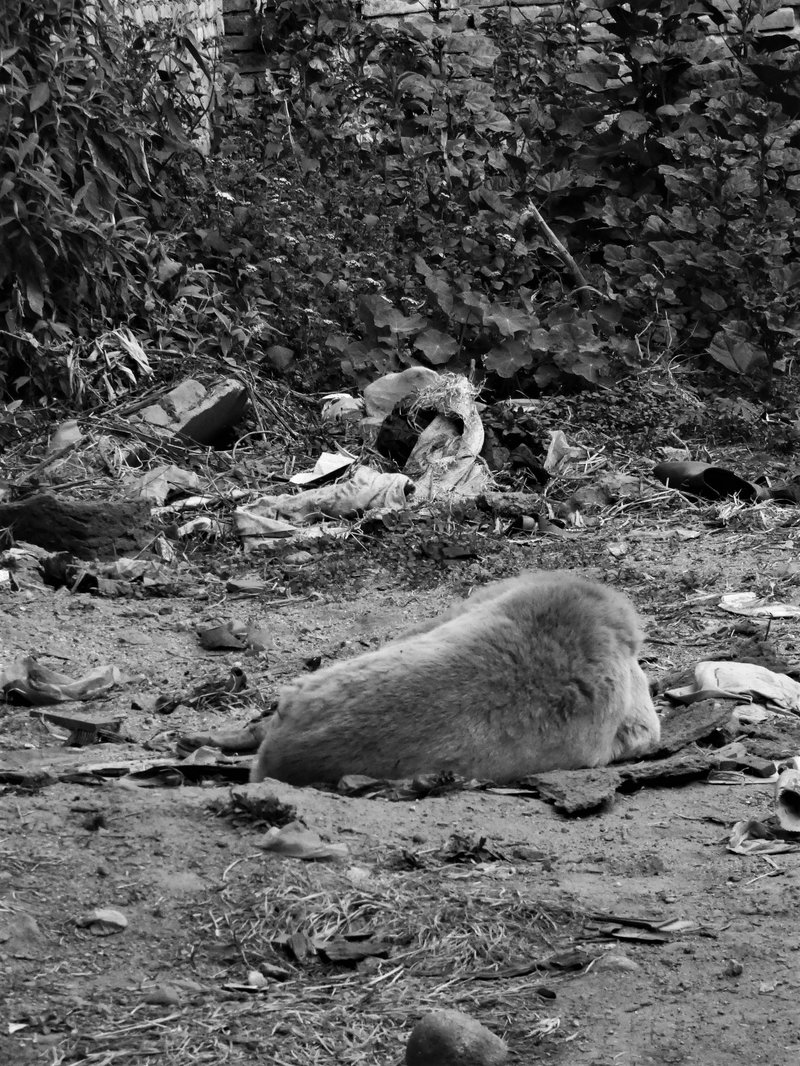
That’s why, as the IPCC states: “Integrated and inclusive system-oriented solutions based on equity and social and climate justice reduce risks and enable climate-resilient development”. Indeed, climate change is a global, all-encompassing issue and the IPCC is clear in its report, the world’s view needs to change, and it needs to change now. As for Kathmandu, common health is greatly at risk, and we can only hope future political measures will take account of this urgency for its population and for the world’s sustainability.
Fanny is an intern from France
- The Renovations Of Kathmandu Valley's Heritage After 2015 Earthquakes
- Apr 09, 2022
- Nagarkot Is Famously Known For Its Loveliness, Amazing View And laid-back Feeling
- Mar 30, 2022
- Echoes In The Valley, Kirtipur
- Mar 28, 2022
- Holi Festival In Kathmandu
- Mar 18, 2022
- International Women’s Rights Day: French Woman's Perspective On Nepali Women
- Mar 09, 2022











